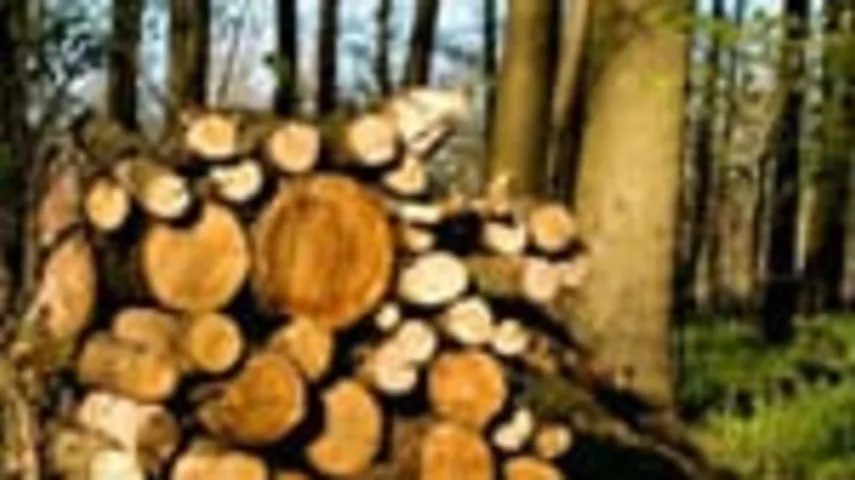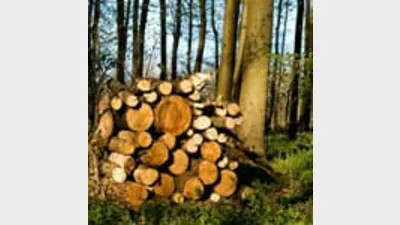AAG Agri Index underperforms



The AAG Agri Index rose by 7.9 per cent in the last financial year, underperforming the All Ords, which recorded a 9.6 per cent increase.
From 1 July, 2009 to its peak, the Agri Index rose by 29.6 per cent, surpassing All Ords — but it fell some 20 per cent from its January peak until the end of financial year.
Executive chairman of AAG, Marcus Elgin, noted that financial year 2009-10 was a poor year for the listed agriculture equity sector.
“The timber sector fared particularly badly, with the collapse of two more MIS-related companies and the poor performance of TFS Corporation, Gunns, Willmott and Elders all hurting the index,” said Elgin.
The AAG Agri Index finished the year with 49 companies represented, with 28 stocks recording falls, the worst being Frankland River Olives at -87.5 per cent for the year.
Elgin also noted that the AAG Agri Index contained a large number of micro-cap companies that had some serious decisions to make about the relative merits of being listed.
Recommended for you
A strong demand for core fixed income solutions has seen the Betashares Australian Composite Bond ETF surpass $1 billion in funds under management, driven by both advisers and investors.
As the end of the year approaches, two listed advice licensees have seen significant year-on-year improvement in their share price with only one firm reporting a loss since the start of 2025.
Having departed Magellan after more than 18 years, its former head of investment Gerald Stack has been appointed as chief executive of MFF Group.
With scalability becoming increasingly important for advice firms, a specialist consultant says organisational structure and strategic planning can be the biggest hurdles for those chasing growth.










